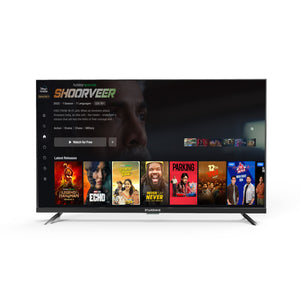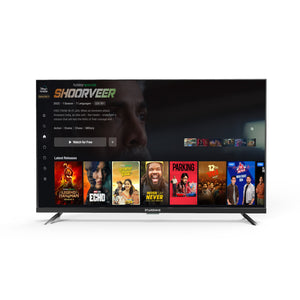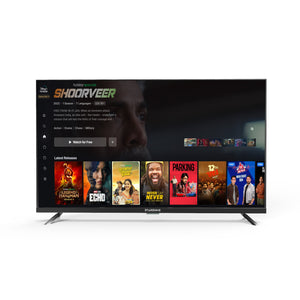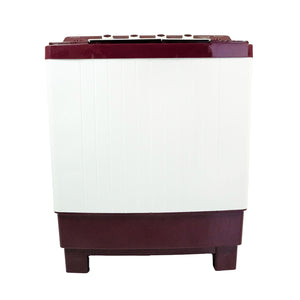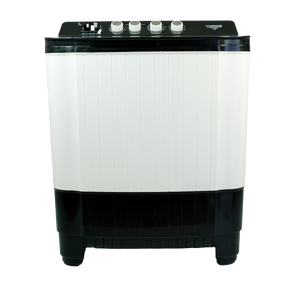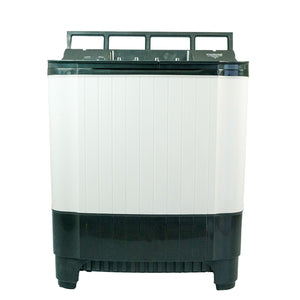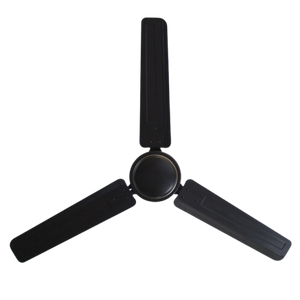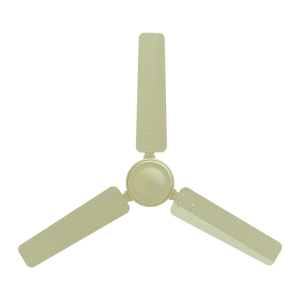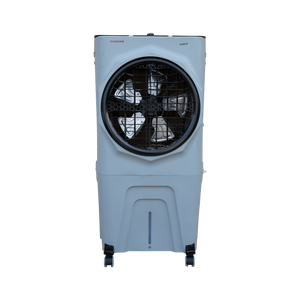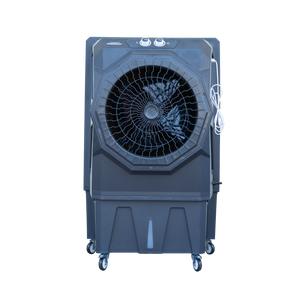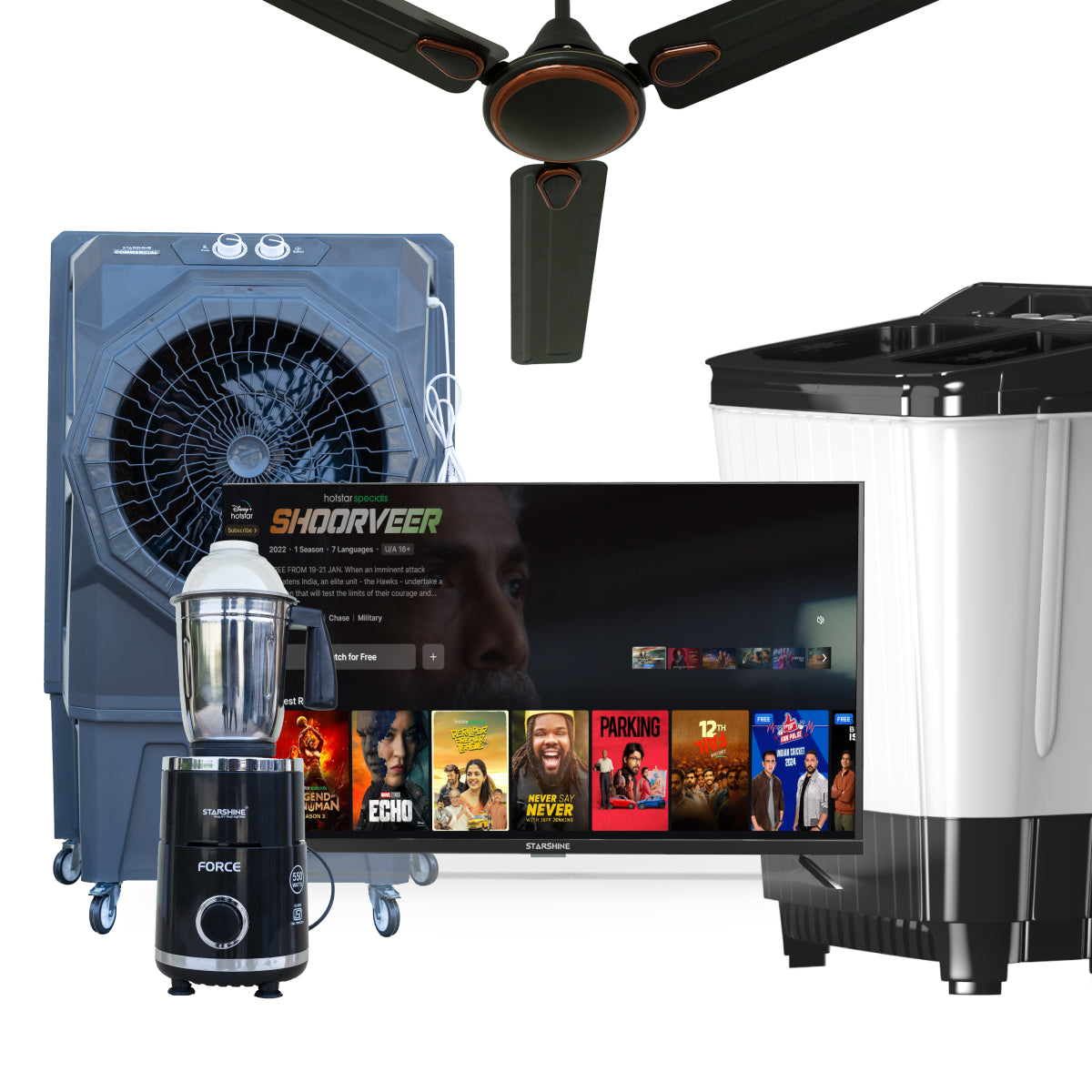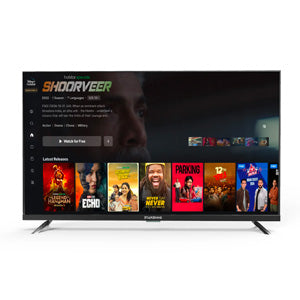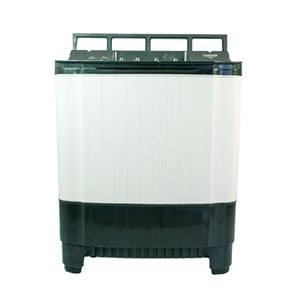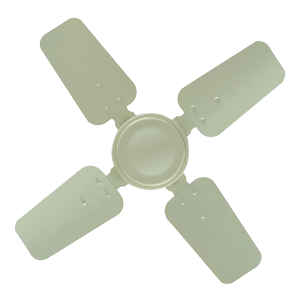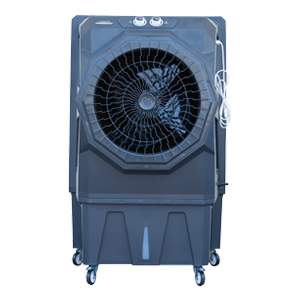Smart TVs have quite literally taken over the globe. The technology has altered the way we watch TV because to its many fantastic features and internet access.
These TVs, however, aren’t quite the same as the typical TVs you use to watch movies. Let’s examine more closely at their differences to better grasp them.
What Is a Smart TV?
There is a lot more available now than when regular TVs were just focused on the HDTV antenna or cable. It actually couldn’t be any smarter than this with the fast processors and internet connectivity in contemporary TVs.
It used to be simple for families to have basic programmes at their fingertips without spending a lot of money each month by using a standard TV, but that is no longer the case. These days, you’ll need a device that can perform a variety of tasks, like visiting websites using the built-in web browser, streaming movies from Netflix or Hulu, monitoring social media updates, and more.
What are the Functions of a Smart TV?
Smart TVs are breaking new ground in television and aren’t only for catching up on the newest episode of your favourite show also Finding what you need in a single step has never been simpler thanks to voice search, which is now available at your fingertips. You can even watch Netflix, Hotstar, Sonyliv, Amazon Prime, and YouTube right on the big screen now.
Today’s smart TVs serve as both entertainment hubs and the control centre for an integrated smart home. Smart TVs are beginning to sound less like a TV and more like the brains of your house as more and more models come equipped with speech recognition capabilities like Alexa or Google Assistant to search for shows on demand, turn on smart lighting, check the weather, and even manage other devices.
Smart TV vs. Regular TV | What Are the Differences?
It’s critical to realise that a smart TV offers a lot more benefits than just internet connection. It’s a method of watching television that optimises the viewing experience by taking into account everything from content and software upgrades to image and audio quality.
You may have noticed the broad assortment of smart and traditional TVs when shopping for a new TV. But how do smart TVs differ from traditional TVs?
Regular TVs exist in a variety of sizes, from huge to small. The TVs can even be 4K and come in a broad range of pricing ranges. The “smart” component of the situation is where things become a bit trickier.
Smart TVs are TVs that can connect to the internet and do more than just show images on their screens, much like smartphones can. A smart TV can play music, stream video on demand, and perform many other tasks. This might be checking information on sports, reading social media, or using your favourite applications.
A typical TV lacks computing power, making it impossible for it to connect to the internet. In essence, it functions more like a bigger computer monitor. Since most manufacturers have converted older TV models into smart TVs, these TVs are great for consumers who don’t want to spend money on a new television just yet. They cannot handle applications or web surfing.
With high-resolution streaming choices for 4K and even 8K, smart TVs are able to keep up with these developments. For a more cutting-edge watching experience, they may analyse the data and deliver it to your TV. They are the ideal option for those who want to have easy access to all of their favourite material in one location.
Do All New TVs Have Smart Features?
You’ve undoubtedly heard a lot of talk about how essential smart TVs are. But the reality is that not every TV will be intelligent. Although your TV can now perform more tasks than ever before, it doesn’t always make it “smart.”
Many of the functions that we’ve come to anticipate from a Smart TV will be available on a standard HDTV. However, it won’t always have an operating system or any way to access the internet.
Smart TVs in the Future
To provide the greatest TVs with the highest image quality and most advanced features, TV makers are always competing. And based on what we’ve seen so far, it doesn’t look like this will end very soon.
It’s not shocking that as we enter this decade, these new TV sets will only continue to get smarter and more powerful. From the early 2000s, when flat-screen TVs were all the rage, to 2016, where UHD 4K sets are becoming more mainstream, these new TV sets are only going to increase in intelligence and power.

